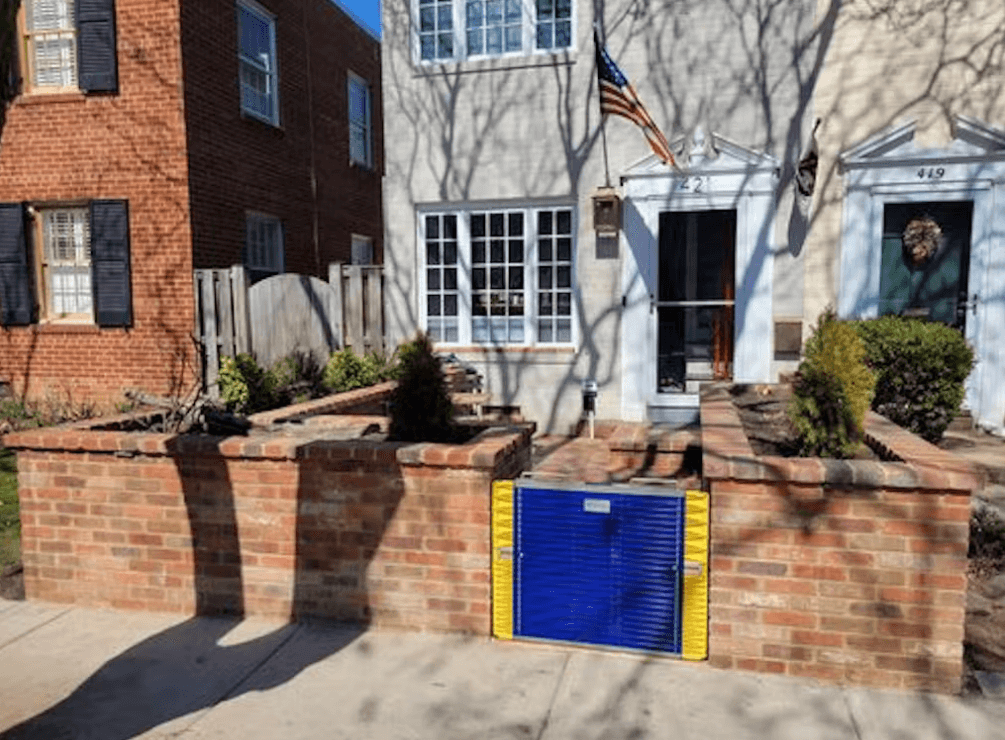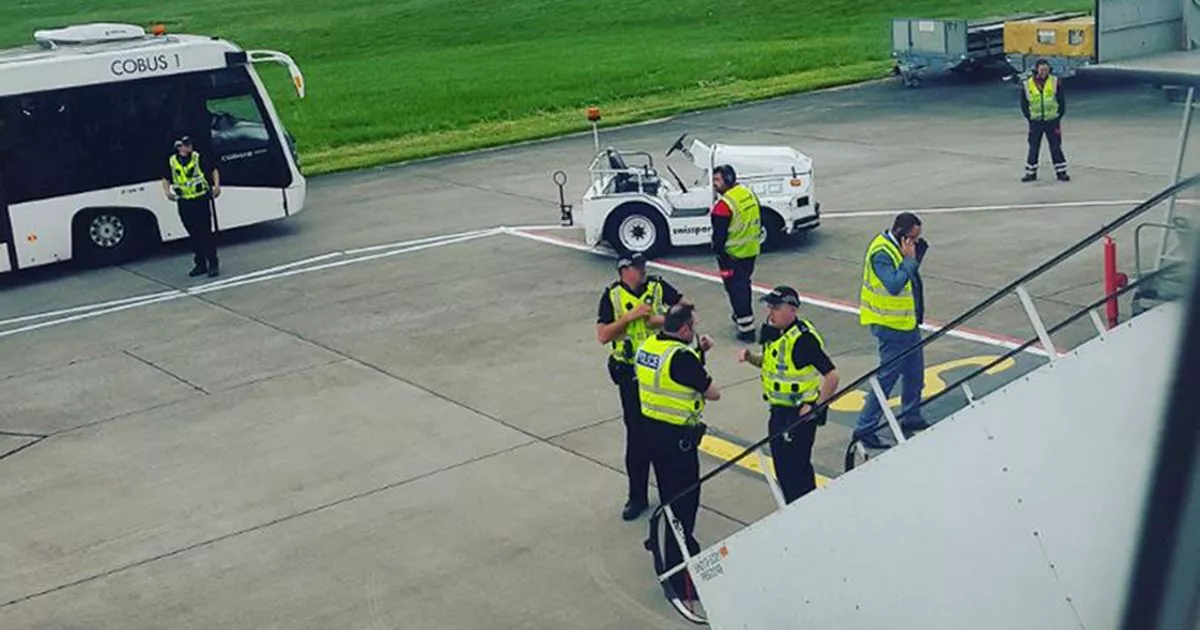What Is A Flash Flood Emergency? Definition, Causes, And Effects

Table of Contents
Defining a Flash Flood Emergency
A flash flood emergency signifies a rapid, sudden flood of short duration, drastically different from regular flooding which develops more gradually. The defining characteristic is the incredibly short warning time – typically within six hours, often much less – making it a life-threatening flood situation demanding immediate action. These severe flooding events are characterized by their intense and dangerous nature. Other terms used to describe this dangerous flooding include rapid flooding and sudden floods.
- A flash flood is a rapid, sudden flood of short duration.
- It typically occurs within six hours of the causative event (heavy rainfall, dam failure, etc.).
- Flash floods can be incredibly powerful, carrying debris and causing significant damage in a matter of minutes.
- Flash floods are unpredictable and can be extremely dangerous.
Causes of Flash Flood Emergencies
Several factors contribute to flash flood emergencies. The most common cause is intense or prolonged heavy rainfall, particularly when the ground is already saturated from previous rainfall. This saturated ground is unable to absorb additional water, leading to rapid surface runoff and overwhelming drainage systems. However, other causes can trigger these dangerous flooding events:
- Intense or prolonged rainfall: Exceeding the capacity of drainage systems.
- Sudden release of water from dams or reservoirs: Due to structural failure or uncontrolled releases.
- Levee or embankment failures: Leading to uncontrolled water flow and upstream flooding.
- Rapid snowmelt: In mountainous regions, especially during periods of rapid warming.
- Mudslides and debris flows: Blocking drainage channels and diverting water flow.
Geographic Factors Contributing to Flash Flood Risk
Certain geographic features significantly increase the vulnerability to flash flood emergencies. The interplay of natural and human-made factors creates conditions ripe for disaster.
- Mountainous terrain: Steep slopes accelerate water runoff, concentrating it into channels and increasing the speed and volume of the flood.
- Urban development: Extensive impermeable surfaces like roads, buildings, and parking lots prevent water absorption, leading to increased urban runoff and overwhelming drainage systems.
- Deforestation: Removing natural barriers like trees and vegetation increases soil erosion, reduces water infiltration, and exacerbates runoff.
Effects of Flash Flood Emergencies
The effects of a flash flood emergency can be devastating and far-reaching, impacting lives, property, and the environment. The consequences are often severe and long-lasting.
- Loss of human life and injuries: Swift currents, debris, and submerged structures pose significant threats to human life.
- Significant damage to homes, businesses, and infrastructure: The force of the water can destroy buildings, roads, bridges, and utilities. This property damage can lead to substantial economic losses.
- Disruption of transportation networks and utilities: Roads become impassable, power lines are downed, and water supplies can be contaminated.
- Environmental damage: Soil erosion, water pollution from debris and chemicals, and habitat destruction are significant environmental consequences.
- Widespread economic losses: Repair costs, business interruption, and loss of property represent substantial economic impacts. Rescue efforts and recovery operations add to these costs.
Preparing for a Flash Flood Emergency
Preparation is paramount in mitigating the risks associated with flash flood emergencies. Taking proactive steps can significantly improve your chances of survival and minimize the impact on your life and property.
- Develop a family emergency plan: Include designated meeting points, evacuation routes, and communication strategies.
- Assemble a flash flood emergency kit: Include essential supplies like water, non-perishable food, first-aid kit, medications, flashlights, and batteries.
- Monitor weather forecasts and heed warnings from authorities: Stay informed about potential threats and follow instructions from emergency services.
- Know your community's evacuation routes and procedures: Familiarize yourself with designated evacuation routes and shelters.
- Understand your flood risk and take appropriate preventative measures: Elevate valuable possessions, install flood barriers, and consider flood insurance.
Conclusion
This article highlighted the definition, causes, and devastating effects of a flash flood emergency. Understanding these factors is crucial for effective preparedness and mitigation. Flash flood emergencies are unpredictable and dangerous, emphasizing the need for constant vigilance and preparedness. Stay informed about weather conditions and local emergency alerts. Knowing what constitutes a flash flood emergency and taking proactive steps can save lives and minimize the impact of these devastating events. Learn more about flash flood emergency preparedness in your area and protect yourself and your family.

Featured Posts
-
 The Jenson Fw 22 Extended A Comprehensive Guide
May 26, 2025
The Jenson Fw 22 Extended A Comprehensive Guide
May 26, 2025 -
 Hells Angels Unveiling The Truth
May 26, 2025
Hells Angels Unveiling The Truth
May 26, 2025 -
 V Mware Costs To Skyrocket 1 050 At And Ts Concerns Over Broadcoms Price Hike
May 26, 2025
V Mware Costs To Skyrocket 1 050 At And Ts Concerns Over Broadcoms Price Hike
May 26, 2025 -
 New Film To Highlight Wrongful Arrest Incident At Glasgow Airport
May 26, 2025
New Film To Highlight Wrongful Arrest Incident At Glasgow Airport
May 26, 2025 -
 George Russells Crucial Decision Solving Mercedes Key Flaw
May 26, 2025
George Russells Crucial Decision Solving Mercedes Key Flaw
May 26, 2025
